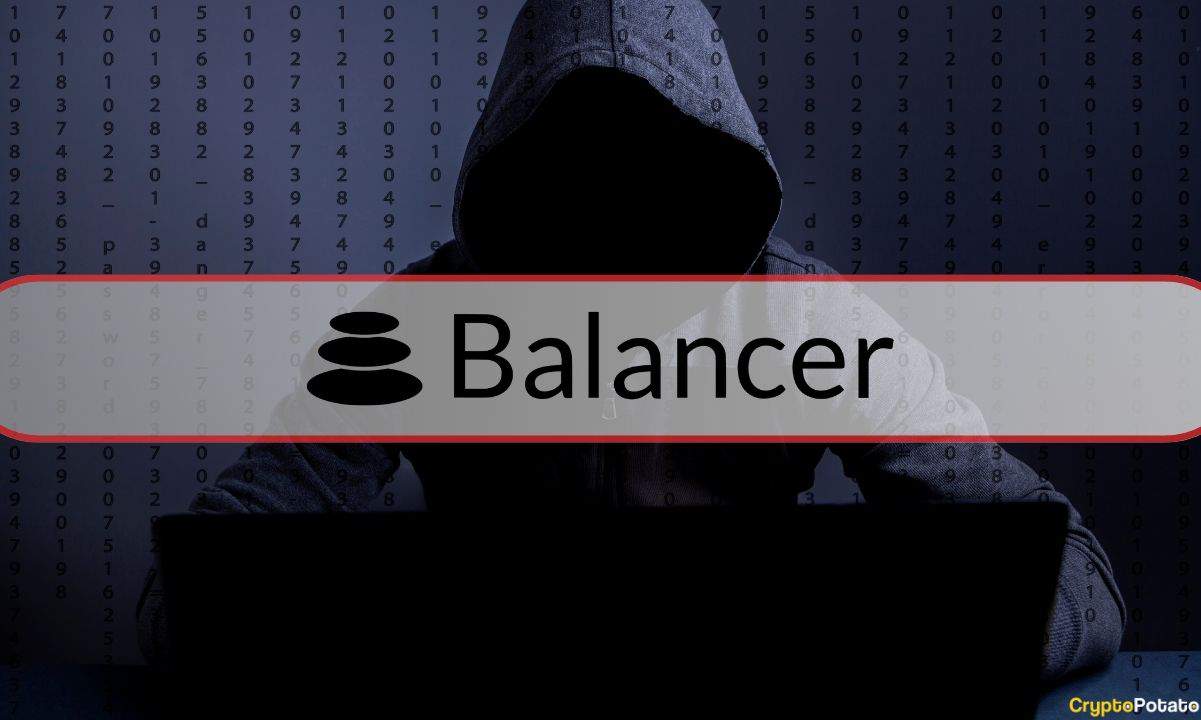TLDR
- MANTRA (OM) token crashed 94%, dropping from $6.30 to as low as $0.38, with current price around $0.62
- CEO John Mullin denied insider dumping, claiming incident occurred during “low liquidity hours” and wasn’t caused by team, advisors, or investors
- Binance attributed the crash to cross-exchange liquidations, tokenomics changes, and $227 million in exchange inflows
- On-chain sleuth ZachXBT alleges VC backers and figures like Reef’s founder sought loans against OM before the crash
- Recovery plans may include token buybacks and burns, but OM price action needs time to develop before clear predictions can be made
MANTRA’s OM token experienced a catastrophic 94% price crash, plummeting from $6.30 to as low as $0.38 before settling around $0.62. The sudden collapse erased millions from investor portfolios and triggered widespread concerns about the token’s fundamentals.
The crash occurred during what CEO John Patrick Mullin described as “low liquidity hours on Sunday.” In the aftermath, both the project team and major exchanges have offered explanations while investors try to make sense of their losses.
Binance, the leading cryptocurrency exchange, pointed to extensive cross-exchange liquidations as a major factor behind the collapse. These liquidations created a domino effect across multiple platforms, not just Binance.
The exchange also highlighted changes in MANTRA’s tokenomics, including an increased circulating supply, which may have weakened price support levels. Blockchain tracker Lookonchain noted $227 million in OM tokens flowed to exchanges prior to the crash.
Automated trading bots and margin calls activated during the sell-off intensified the turmoil. Over $66 million in OM positions were liquidated in just 12 hours, revealing the scale of leveraged exposure that had built up.
Accusations and Denials
Despite the technical explanations, suspicions of insider actions have emerged. On-chain investigator ZachXBT published claims that he spoke with several people who were offered loan deals against OM in the days before the crash.
Two names were repeatedly mentioned in these allegations: Denko, the founder of Reef Finance, and Fukogoryushu. According to ZachXBT, they had “allegedly been reaching out to a number of people asking for massive loans against their OM” before the price collapsed.
The two names I keep hearing tied to the Mantra incident are Denko (Reef Finance founder) and Fukogoryushu as they had allegedly been reaching out to a number of people asking for massive loans against their OM in the days leading up to the -90% crash.
For those unfamiliar REEF… pic.twitter.com/jQ0YLCMoGX
— ZachXBT (@zachxbt) April 14, 2025
Adding to these concerns, a wallet tagged by Arkham Intelligence as belonging to Laser Digital, a crypto venture capital firm that backed MANTRA last year, reportedly transferred over $41 million worth of OM to OKX exchange just two days before the crash.
CEO Mullin has firmly denied any insider dumping. In an AMA hosted by Cointelegraph on April 14, he stated: “To be clear, this dislocation was not caused by the team, the MANTRA Chain Association, its core advisors, or MANTRA’s investors selling tokens.”
Mullin insisted that tokens remain locked and subject to published vesting periods, claiming that OM’s tokenomics remain intact. He also promised to provide on-chain proof to support these statements.
Pre-Existing Concerns
The OM token’s troubles didn’t begin with this crash. Critics had previously raised red flags about the project’s operations. A 2023 Hong Kong court order required six MANTRA DAO members, including CEO Mullin, to turn over financial records after accusations of misusing funds.
While Mullin later stated that the dispute was resolved amicably, questions persisted about how the token’s valuation was supported.
On-chain data shows one blockchain wallet holds approximately 77% of OM’s circulating supply. Critics argue that the remaining publicly available tokens (worth around $500 million) were the only thing maintaining the multibillion-dollar valuation.
Mullin contested this view during his AMA, claiming the tokens in that massive wallet are “dummy tokens” used for multi-chain tracking. He stated that 90% of OM has been distributed and blamed Arkham for mislabeling wallets.
Path to Recovery
In his public address, Mullin outlined early-stage recovery plans that might include token buybacks and a burn mechanism. However, he emphasized that nothing has been finalized yet.
“We’re still in the early stages of putting together this plan. The token’s recovery is MANTRA’s preeminent and primary concern right now,” Mullin stated during the AMA.
The price rebounded slightly from its crash low of $0.58 to around $0.73 during the AMA, only to retreat back to $0.58 according to CoinGecko data. This represents a steep fall from its pre-crash level of $6.30.
 MANTRA Price on CoinGecko
MANTRA Price on CoinGeckoFrom a technical perspective, the weekly chart shows that the OM price drop ended as it hit a weekly buy-side imbalance zone extending from $0.380 to $0.540. If this key zone holds, investors might see a bullish reversal.
The midpoint of the 94% crash is at $1.594, which would require a 328% rally from current levels to reach. While this target might seem distant, the token has already bounced 65% from its bottom at one point.
Binance had reportedly taken preemptive measures months before the crash. Since October last year, the platform reduced leverage levels for MANTRA trading and added warning alerts on its spot trading interface.
These warnings aimed to inform users about fundamental changes affecting the token. Despite these measures, the scale of the liquidation wave still impacted many market participants.
The fallout has been severe for individual traders. One prominent trader named JB reported losing $3.3 million after investing substantially in MANTRA, leaving him with only $200,000 in OM now.
For now, technical analysts suggest that the OM price action needs more time to develop before clear predictions can be made. Updates from the team and further market reactions will be crucial in determining whether MANTRA can stage a recovery in the coming weeks.

 6 months ago
104
6 months ago
104









 English (US) ·
English (US) ·